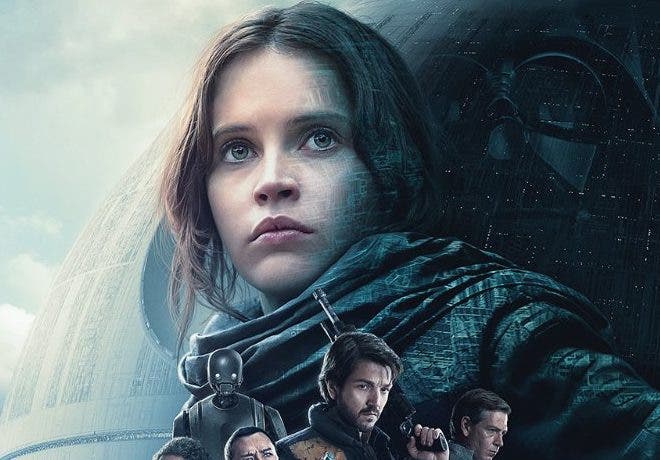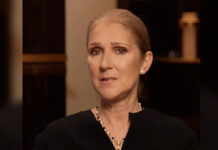Por Linda O. Kostas, Especial para PC
Cinematography and visual effects: two arts that have a huge impact on the quality of a film, but oftentimes, these two arts end up being conflated. Though they’re in the same sphere, they aren’t interchangeable terms to describe the same thing.
We’ve taken a look at the differences between sound mixing and sound editing, and wanted to do the same on the visual side. Longtime cinematographer Daryn Okada (@DarynOkada on Twitter) – known for his work on Mean Girls (2004), Harold and Kumar Escape from Guantanamo Bay (2008), and Let’s Be Cops (2014) – sat down with us to add a bit of clarity.
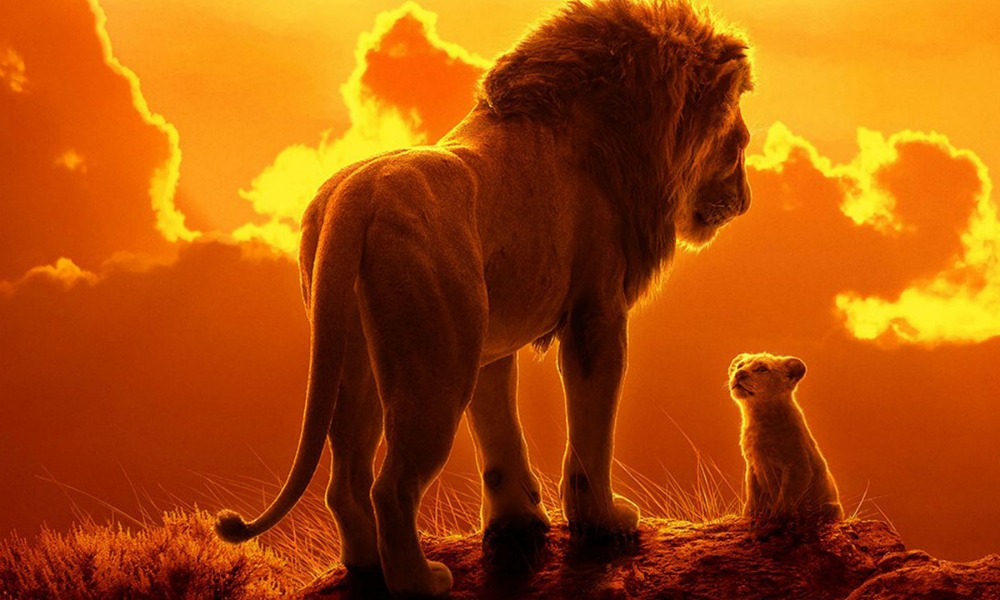
Okada has spent a fair amount of time behind the lens, serving as the former president of the American Society of Cinematographers and having recently joined the board of governors of the Academy of Motion Picture Arts and Sciences (A.M.P.A.S.©).
PC: What are the key difference(s) between cinematography and visual effects?
Okada: “Cinematography is the process of visually telling the story and physically photographing the movie on set. [It’s the process of] orchestrating the lighting, composition and camera movement.
Visual effects are created by the artist, typically after shooting has concluded, in order to expand the vision of the director. This is accomplished by creating images that can’t be reasonably photographed on set or do not exist physically.”
Pc: Let’s dig a little deeper. What is a cinematographer’s primary job? Additionally, what’s the primary job of a visual effects artist?
Okada: “A cinematographer works closely with the director in preproduction on creating the visual look and how to technically achieve it during production. He or she also collaborates with other artists and technicians to design, execute, and ensure that the vision of the movie eventually gets to the screen.
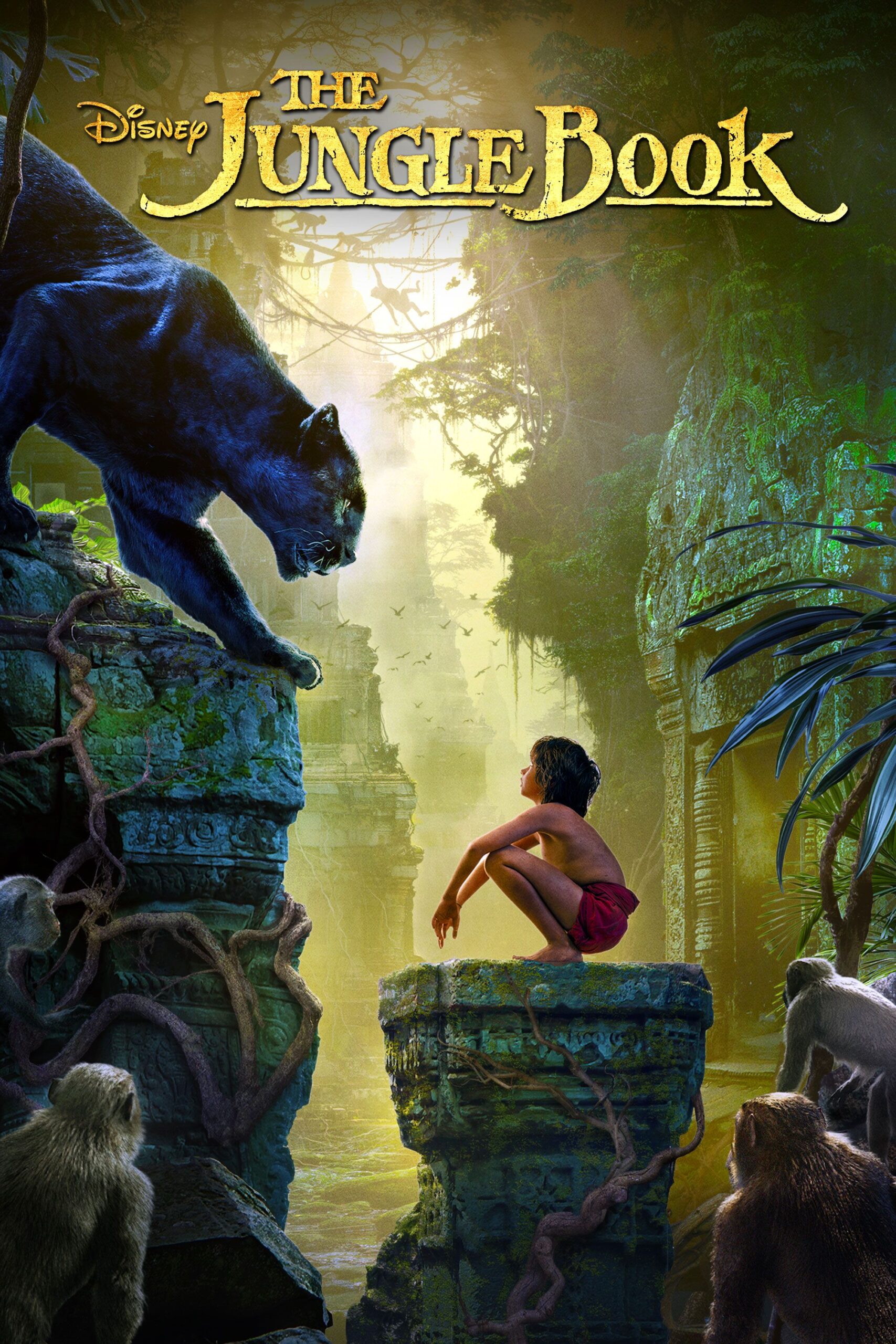
There are many kinds of visual effects artists. A given artist may specialize in a certain aspect of VFX production, and it’s their duty to work alongside other specialists to achieve a finished VFX shot. The Visual Effects Supervisor is the key artist who works closely with the director in the design and realization of those VFX images.”
PC: What’s a clear example of cinematography enhancing an artist’s story?
Okada: “Take a movie like The Revenant that my friend Emmanuel Lubezki was the cinematographer on. It’s a period film in a harsh wilderness. One approach to the cinematography might be structured around showing the audience grand vistas with silky, sweeping camera movements.
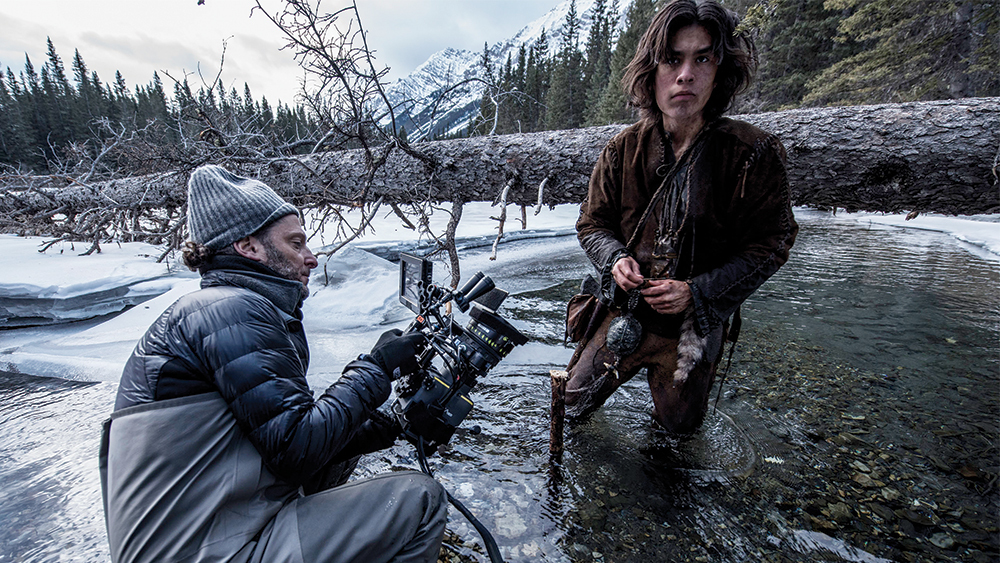
Copyright © 2015 Twentieth Century Fox Film Corporation. All rights reserved. THE REVENANT Motion Picture Copyright © 2015 Regency Entertainment (USA), Inc. and Monarchy Enterprises S.a.r.l. All rights reserved.Not for sale or duplication.
Instead, the camera moves intensely and intimately with the characters making the audience an active participant. They feel the extremes of weather and survival.
The story is brutal, but Lubezki’s artistry in orchestrating the camera, light and composition with imaging technology both on set and in final color mastering delivers powerful beauty to the visual experience.”
PC: In the effort of contrasting the two, what’s a clear example of visual effects enhancing an artist’s story?
Okada: “The lines of distinction are not always clear (which is an indication of great work). One way to look at this is what aspect is driving the overall vision and how the majority of the frames in the movie were created.
The Jungle Book creates its world on screen through elaborate VFX work. The live action elements were lit and shot with the visual intent of the finished shot. There is a visual story arc working with camera movement and lighting. The same with The Lion King.
This film highlights the collaboration between the visual effects team, which must communicate with the live action cinematography team, which must ingest and execute the director’s intent. That successful collaboration is definitely reflected in the final product.”
PC: Do the two arts ever overlap, or do you have a good example of the two relying on one another during the making of a film?
Okada: “Cinematography and visual effects absolutely overlap, and the two must collaborate to create a visual reality on screen that’s true to a movie’s particular world.
Another example is Rogue One: A Star Wars Story. The cinematography is textured and the lighting is based in reality. The camera is predominantly handheld and personal.
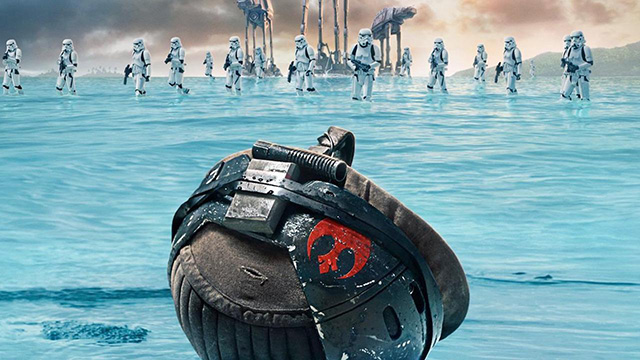
The visual effects work embraced this look to ensure seamless transitions, even into the vacuum of space. When cinematography and visual effects both work on a visceral, emotional level, each simultaneously propels the audience deeper into the story.”
PC: “Can you have one without the other? In other words, are VFX optional but cinematography mandatory?”
Okada: “There are movies where visual effects may be optional or created ‘in camera.’ A simple example could be a movie that takes place in a car driving across the country. Shooting on multiple locations may pose sound and logistical challenges. Instead, the actors could be shot in the car on stage with the cinematographer designing lighting to simulate passing street lights or sunshine. Outside the car windows, a film of the moving street ‘plates’ could be projected on a screen.
When a film’s story is best served by creating all or most of its images via visual effects, designing those images successfully usually takes certain things into account. Things like the creative process a cinematographer uses for visual storytelling through light, composition, color and camera movement, but orchestrated in a virtual world.”
Okada closed by affirming that “cinematography and visual effects have been bonded since the dawn of cinema,” noting that cinematographers have “sought ways to serve the story through ‘camera tricks’ and photographic processes on film.”
It’s the cinematographer’s job to translate the director’s vision, and it’s the job of various visual effects artists to work hand-in-hand with a cinematographer when necessary. Or, as Okada put it, both working together “to create a wondrous cinema experience for the audience.”


